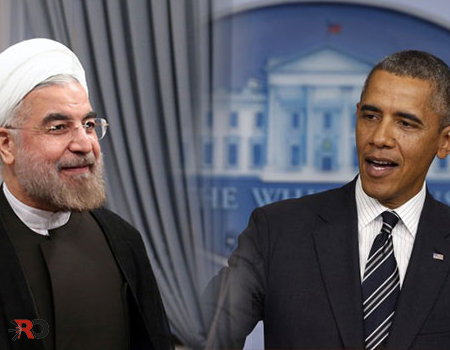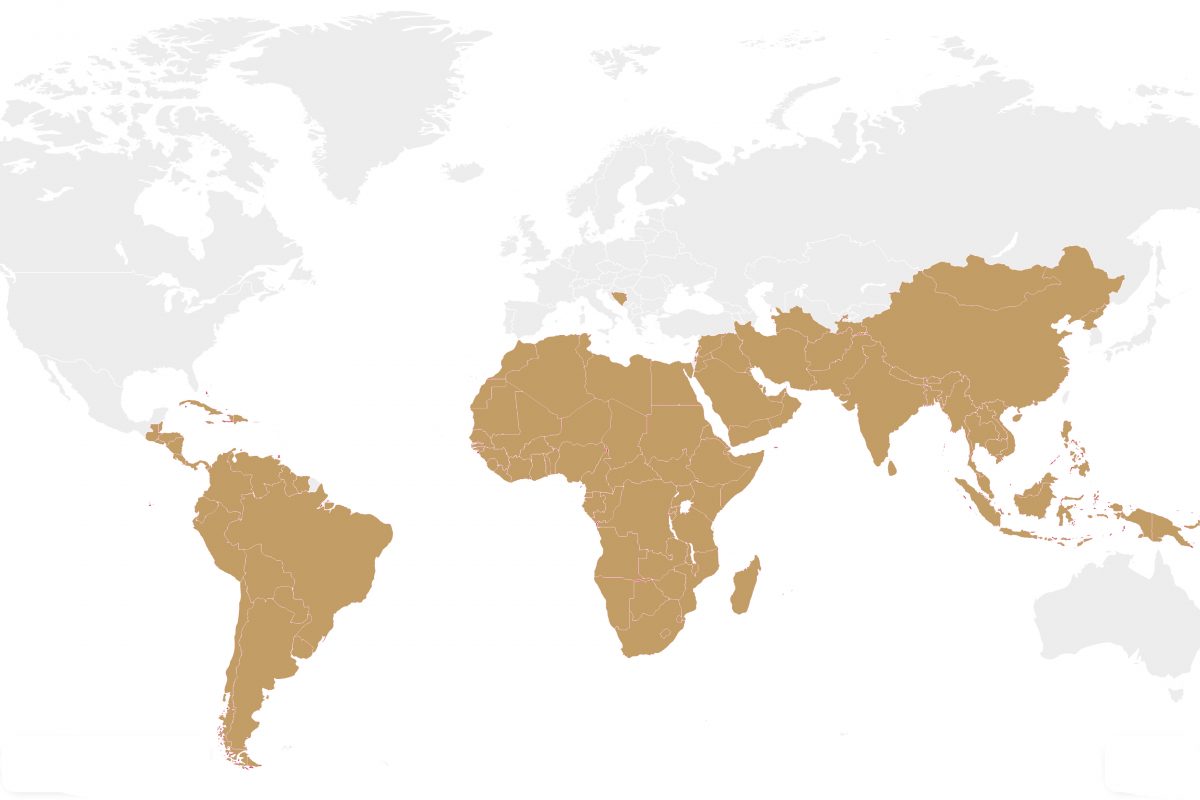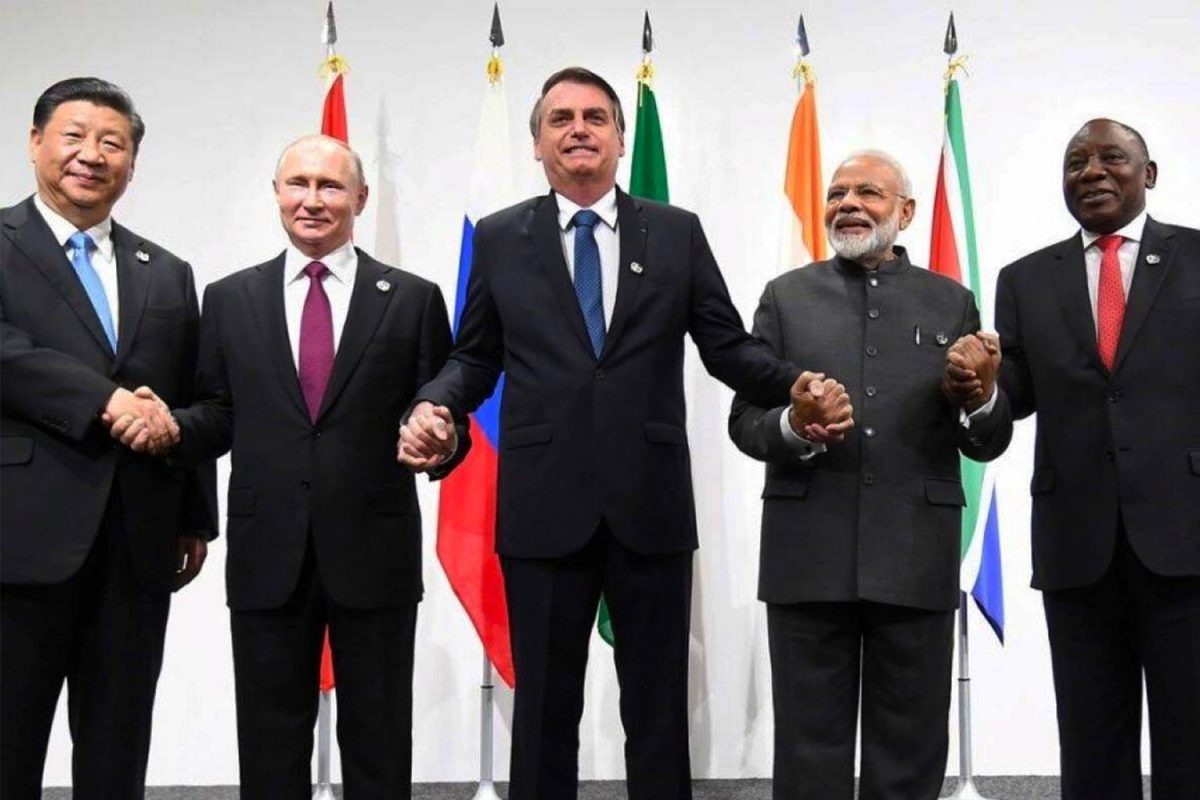In Part 6th and the final part of RO’s series looking at the history of Iran-US relations, the current normalization of ties are analysed
Ever since America’s emergence on the international scene after World War 2 Iran has supported American plans for the “Greater Middle East”.
America considers the situation in Syria as a threat to its interests in the Middle East. Various statements by policy makers and military leaders have made clear that America is concerned over the ideological direction of the resistance against Assad, i.e. their Islamic inclinations and aspirations, as well as its inability to find amongst the resistance fighters potential agents for the American cause. The threat in Syria is deemed so severe that America has instructed all its agents in the region to counter it. America is therefore working to resolve some of Iran’s problems, such that the Iranian focus can be turned to supporting America in Syria and their hands are freed.
According Amir Mohebbian, one of the most influential advisors of the Iranian regime, this is why Hassan Rouhani was elected president of Iran on the 15th of June 2013. Mohebbian said: “It is clear that any international outreach could not be handled by someone like President Ahmadinejad. I think the leader helped bring Mr. Rouhani to power to make the public ready for a policy change.” [1]
After having served two terms as Iranian president Mahmoud Ahmedinejad could not be re-elected, because the Iranian constitution does not allow a person to serve more than two presidential terms, just as the American constitution. During the 2013 elections Ahmedinejad supported the campaign of Esfandiar Rahim Mashaei, who ultimately lost to Rouhani.
After the announcement of his electoral victory Rouhani said his ultimate aim as president was to “revive ethics and constructive interaction with the world through moderation.” America responded by saying it considered this “potentially hopeful sign.” [2] After appointing his cabinet during August 2013 Rouhani declared his goal was “threat prevention and alleviation of tensions”. He appointed Javad Zarif as his minister of foreign affairs, who has been educated in the United States and previously served as Iran’s ambassador to the United Nations. [3]
During November 2013 it was then announced that Iran and America had reached a deal about Iran’s nuclear program. Iran’s “pariah status” on the international stage was ended this way and Iran returned to being a respected member of the international community. The deal was brought about by secret negotiations between the two countries, which began in March 2013 Iran and America in Oman. At that time Ayatollah Khamenei had mentioned during one of his speeches that America had approached Iran for talks: “the Americans constantly send us messages, telling us they are sincere”. In his public lectures Khamenei went on to dismiss the American efforts as a propaganda stunt. But clearly, behind the scenes he responded positively. [4] Khamenei personally appointed Mohammad Javad Zarif to lead the Iranian delegation – the same Mohammad Javad Zarif that was appointed minister of foreign affairs by Rouhani after the negotiations were completed![5]
After the announcement of the agreement on the nuclear issue Ayatollah Khamenei said: “The nuclear negotiating team deserves to be appreciated and thanked for its achievement”. [6]
The meaning of all this is that the most important internal political developments in Iran during 2013 were closely related to the political developments on the international scene. Iran’s political actions domestically and internationally were all part of one single, comprehensive plan. Since Iran’s international political policy is shown to support the American agenda, this shows that even Iran’s domestic politics are in support of America.
Part 1 – A History of US-Iran Relations
Part 2 – Iran: From Mossadeq to the Shah
Part 3 – The Islamic Revolution
Part 4 – America, Iran and the Middle East
Part 5 – Iran, Afghanistan and Nuclear Weapons
[1] “Praise in Iran All the Way to the Top, Where Efforts Reportedly Preceded a President”, The New York Times, 24 November 2013, www.nytimes.com/2013/11/25/world/middleeast/in-iran-mainly-praise-for-nuclear-deal-as-a-good-first-step.html
[2] “Iran’s Rohani hopes all will seize chance of friendly ties”, Reuters, 14 June 2013, www.reuters.com/article/2013/06/17/us-iran-election-relations-idUSBRE95G0G920130617
[3] “Rouhani defends cabinet choices as Iran parliament starts debate”, Reuters, 12 August 2013, www.reuters.com/article/2013/08/12/us-iran-rouhani-idUSBRE97B09S20130812
[4] Ibidem note 1
[5] Ibidem note 1
[6] Ibidem note 1





